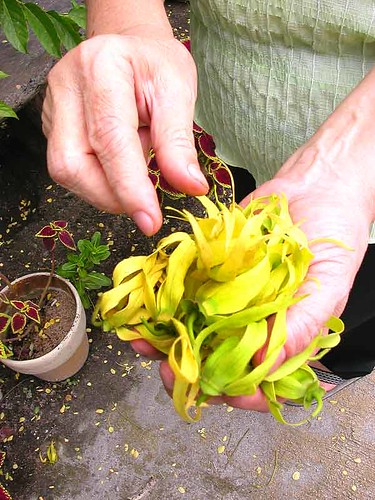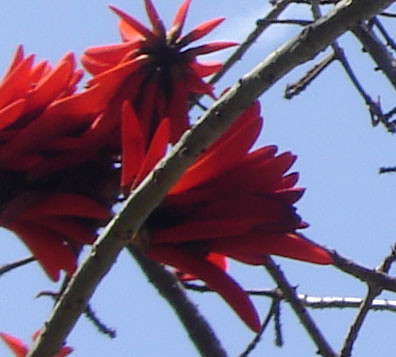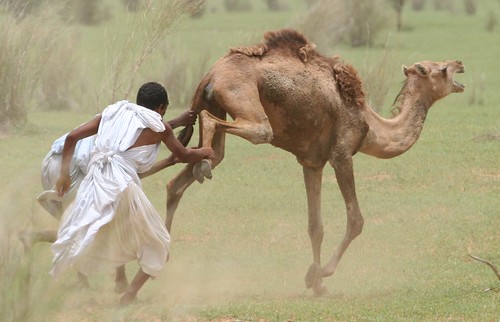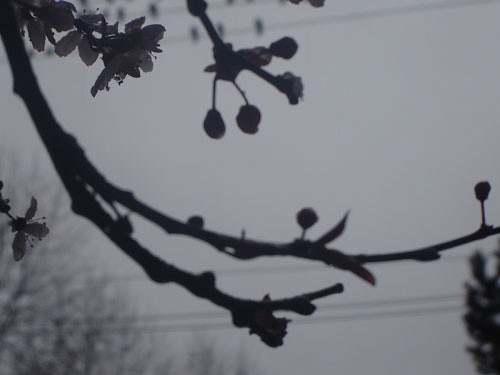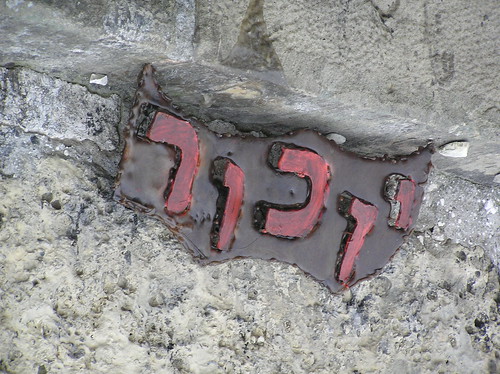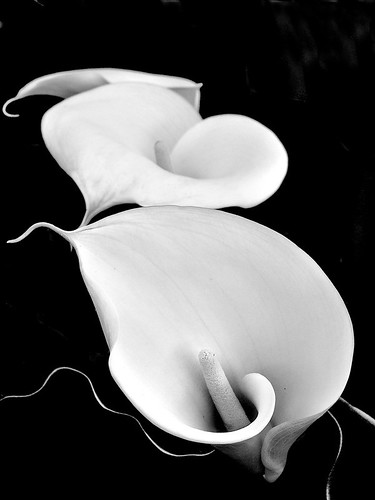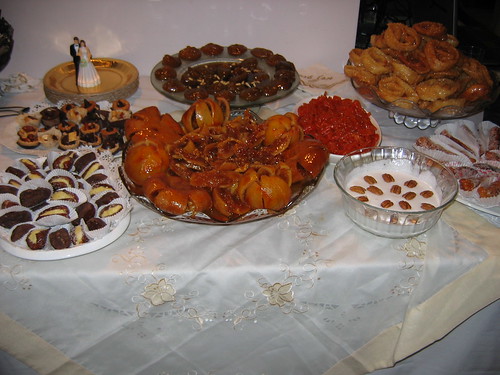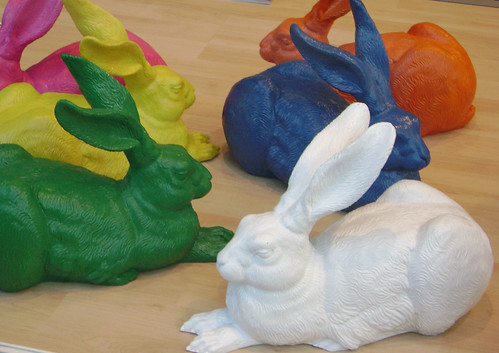Chamade
Chamade. A perfume like no other. Green. Fruity. Floral. Aldehydic. Mossy. Balsamic.
When I first read about it in the Guerlain pamphlet I received at The Bay, I did not expect to like it at all because it was described as an aldehydic floral. But to sum it up as belonging to one category or another would be missing the whole point: Chamade is Chamade. You must enjoy it for what it is rather than attempt to classify and categorize it. This would be likened to locking a beautiful songbird in a cage, or a free spirited woman in a house and tell her what to wear, eat or do. If you love Chamade you should know better than that!
Yet, the magic of Chamade is not so much in the fact that it is so versatile, but rather, in the unusual assembly of notes that are so different, yet harmonize perfectly with one another. Notes that seemingly contradict each other so much you wouldn’t think they’ll get along at all: the briskness of galbanum and the caramely sweetness of vanilla; the fruitiness of black currant buds and the acrid oakmoss; Not to mention the florals and aldehydes in between which on the paper create an unresolved olfactory mess.
Yet in the Cupid’s arrow-stricken reversed heart bottle, these elements form a balanced tension that leads from the briskness of galbanum and fruity sharpness of cassis to an oily-urinal aldehydes combines with the above mentioned berries. Creamy and hot, pulsating floral notes of ylang ylang mingle with the powdery, green yet sweet hyacinth creating an impression of a flower warmed in a sunny spring garden. And this all leads to a base that is first mossy, slightly acrid-bitter-dry-woody of sandalwood and oakmoss. Hourse later, the magical vanilla that only the dynasty of Guerlain could use so appropriately without making it seem banal or overdone. The same vanilla of Shalimar parfum – dark, resinous-sweet and sexy in the most intimate, close-to-the-skin tastefulness of the classic parfum extrait of this house.
I’ve been fortunate to wear Chamade in a few concentrations and vintages: vintage EDT from the generous Char (I won a contest, can you believe it?), a Parfum Extrait from eBay, in a pristine 30ml sealed bottle; and of course, a brand new EDT, which is delicious and quite true to the original I think (though this will probably change any minute because of the strict oakmoss regulations in the EU and by IFRA). The new Chamade of course smells fresher, and the top notes are more apparent. It shows its vanillic face faster than the vintage I would say. Yet I can still feel the same Chamadeness beating in there. The vintage EDT is fantastic, the top notes are less pronounced, but you can still feel them, and overall the perfume feels much softer, rounder, and goes form phase to phase seamlessly. The powderiness of the aldehydes and ylang ylang is more pronounced, and there is also a bit of a note that I can only liken to the Mousse de Saxe of Caron, or otherwise to Peru Balsam essential oil (rather than the balsam
 itself). The parfum extrait is a completely different story altogether. It has such pronounced notes of rose and jasmine (and wow! what a jasmine!) that is barely resembles what I learned to know as Chamade from the other two versions. There is some of the galbanum though, but hardly any cassis (if at all) or ylang ylang at first. Which makes me think, it was probably reformulated after all, though I will not be able to give you any dates. The reformulation primarily seems to be downplaying the rose and jasmine to insusceptible quantities and replacing them mostly by the more cost-effective ylang ylang (probably from Guerlain's own plantations; I wonder in which year they got these...).
itself). The parfum extrait is a completely different story altogether. It has such pronounced notes of rose and jasmine (and wow! what a jasmine!) that is barely resembles what I learned to know as Chamade from the other two versions. There is some of the galbanum though, but hardly any cassis (if at all) or ylang ylang at first. Which makes me think, it was probably reformulated after all, though I will not be able to give you any dates. The reformulation primarily seems to be downplaying the rose and jasmine to insusceptible quantities and replacing them mostly by the more cost-effective ylang ylang (probably from Guerlain's own plantations; I wonder in which year they got these...).Top notes: Galbanum, Black Currant Buds, Aldehydes
Heart notes: Ylang Ylang, Hyacinth
Base notes: Oakmoss, Vanilla, Sandalwood
A few words about the timing for this perfume: designed by Jean-Paul Guerlain, the last in the line of the Guerlain heritage of exemplary high-class perfumery (which lasted for almost two decades and was brutally interrupted only in recent years by globalization and greed). The timeless beauty of Chamade only got to show you that Jean-Paul did not lack inspiration before LVMH got into the picture (rather, stole the picture) and perhaps than it was finances that designed the fragrances more than its own talented nose. Chamade was launched in 1969, marking the beginning of the 70's, which in the perfume world was significantly characterized by the emergance of soapy and green compositions, such as No. 19, Private Collection, Silences, Ivoire, Diorella, and very much influenced AnaisAnais which launched almost a decade later, as well as the much later excellent celebrity perfume Deneuve by Catherine Deneuve.
Labels: 1969, Black Currant Buds, Cassis, Chamade, Chypre, Green Chypres, Guerlain, Hyacinth, Jean-Paul Guerlain, Oakmoss, Perfume Review, Vanilla, Ylang Ylang


